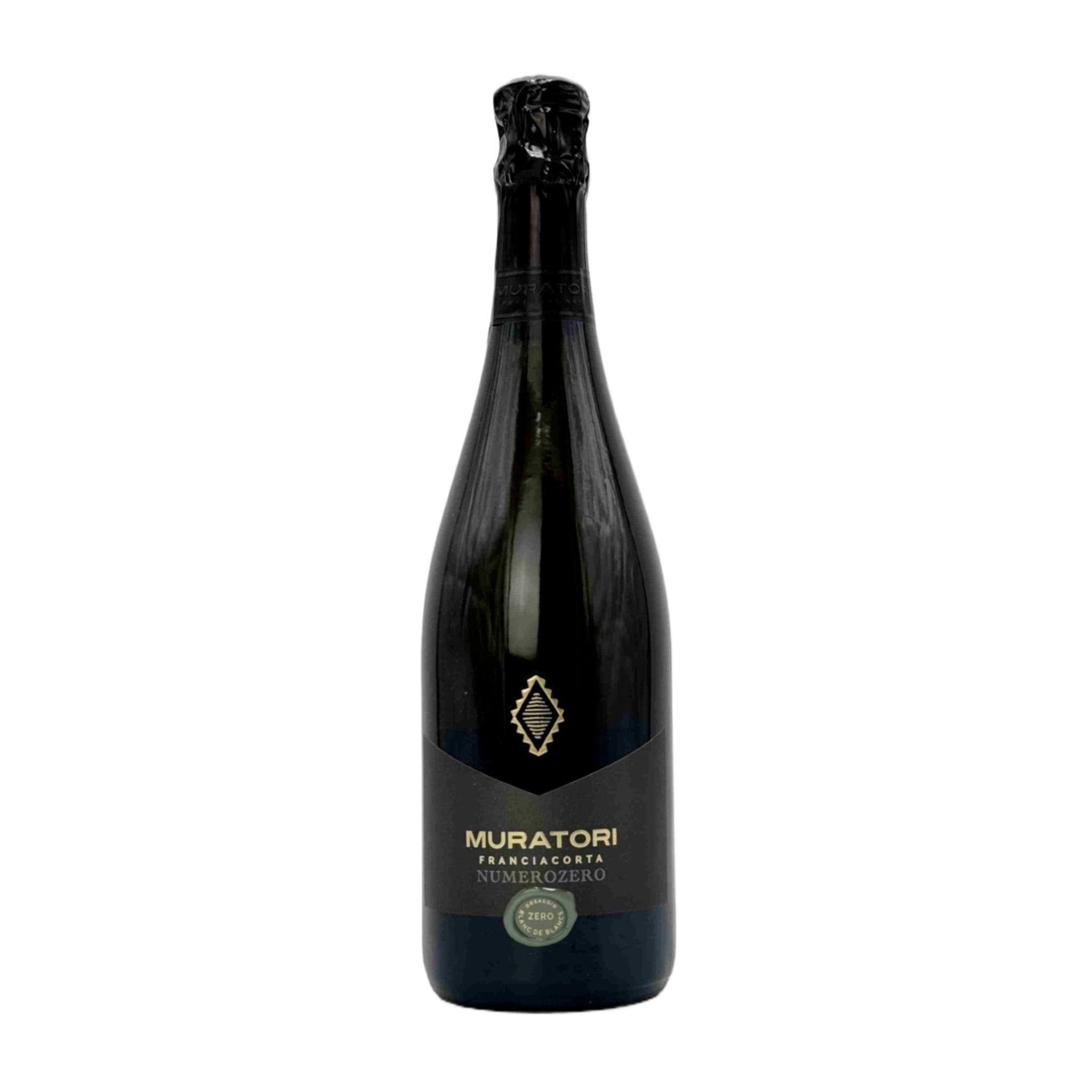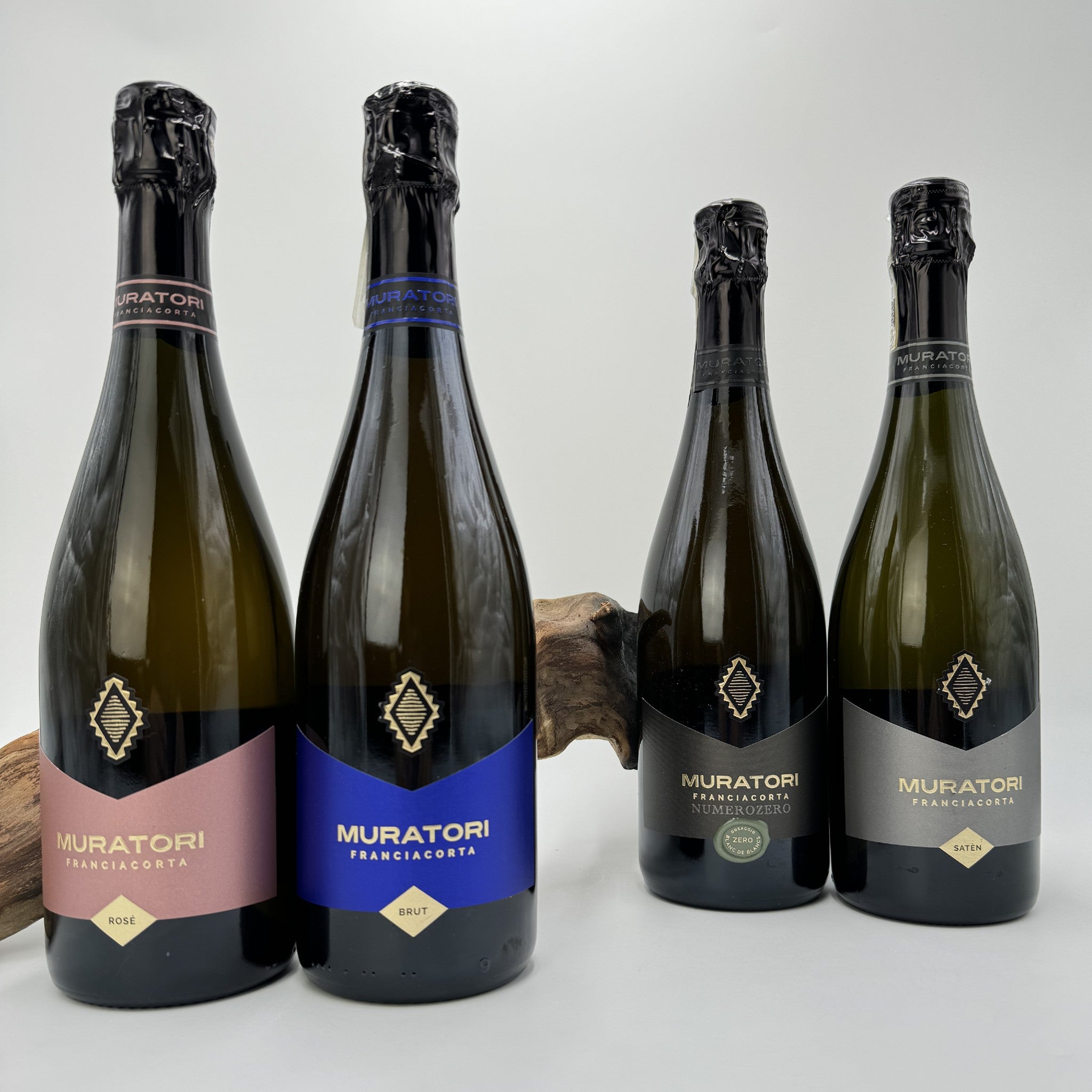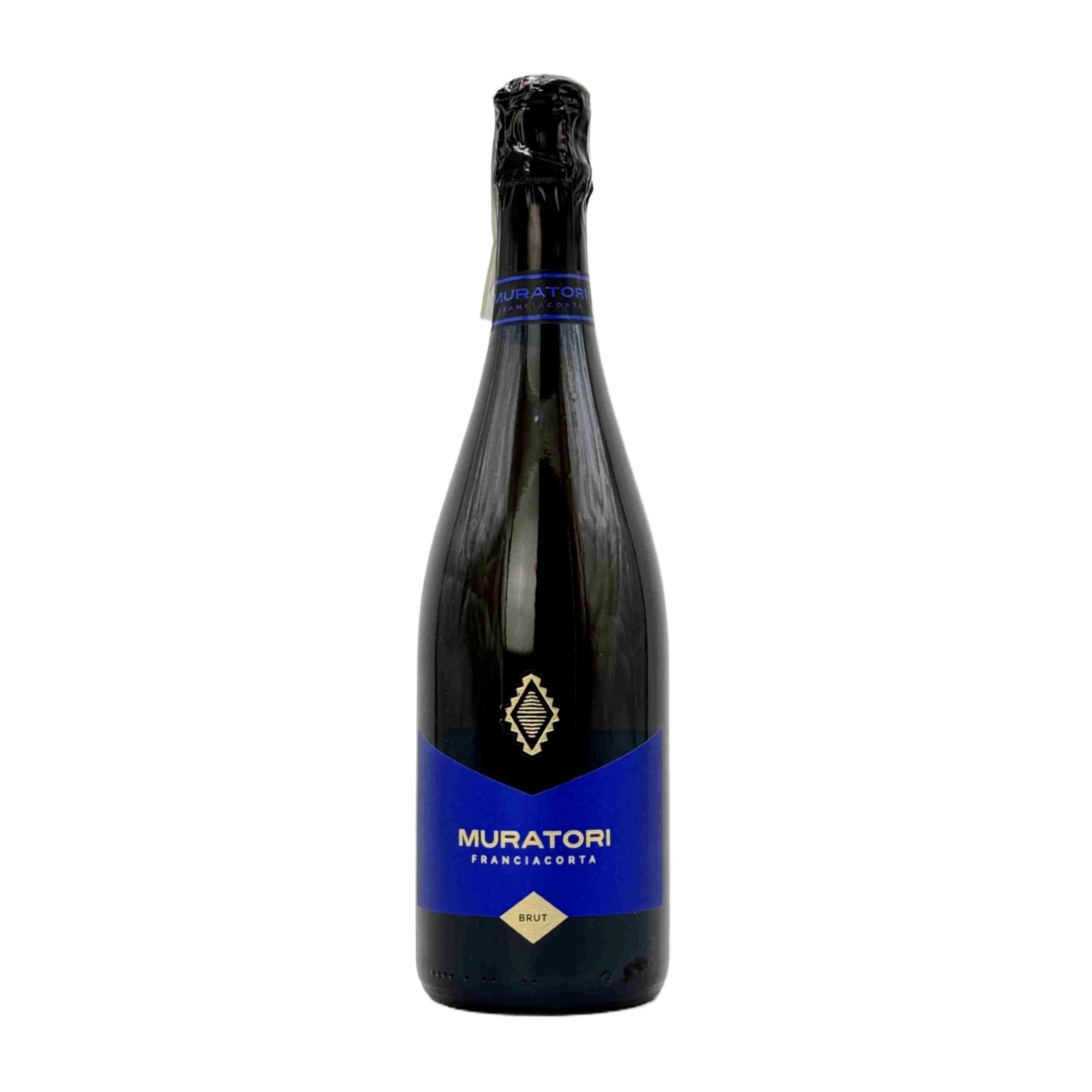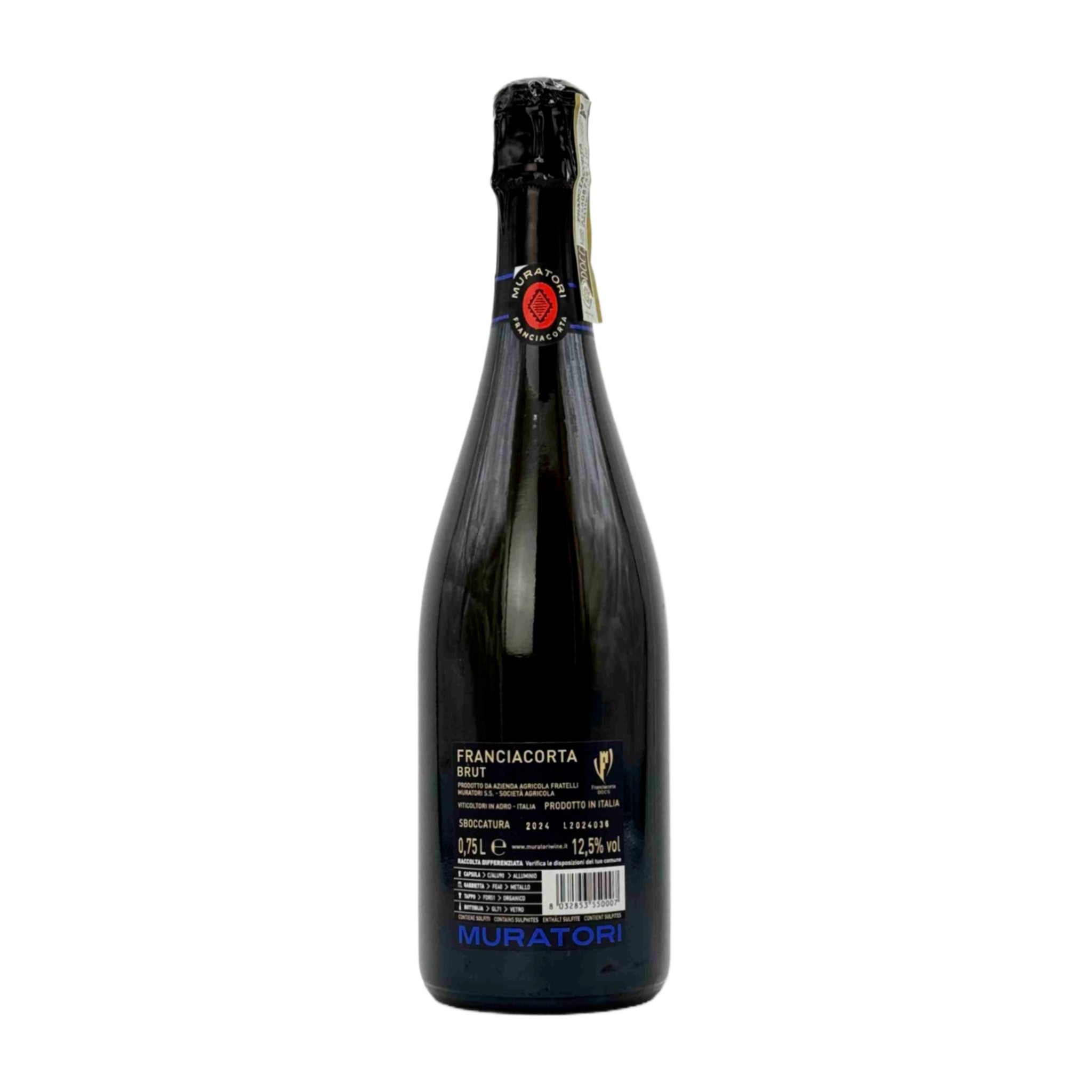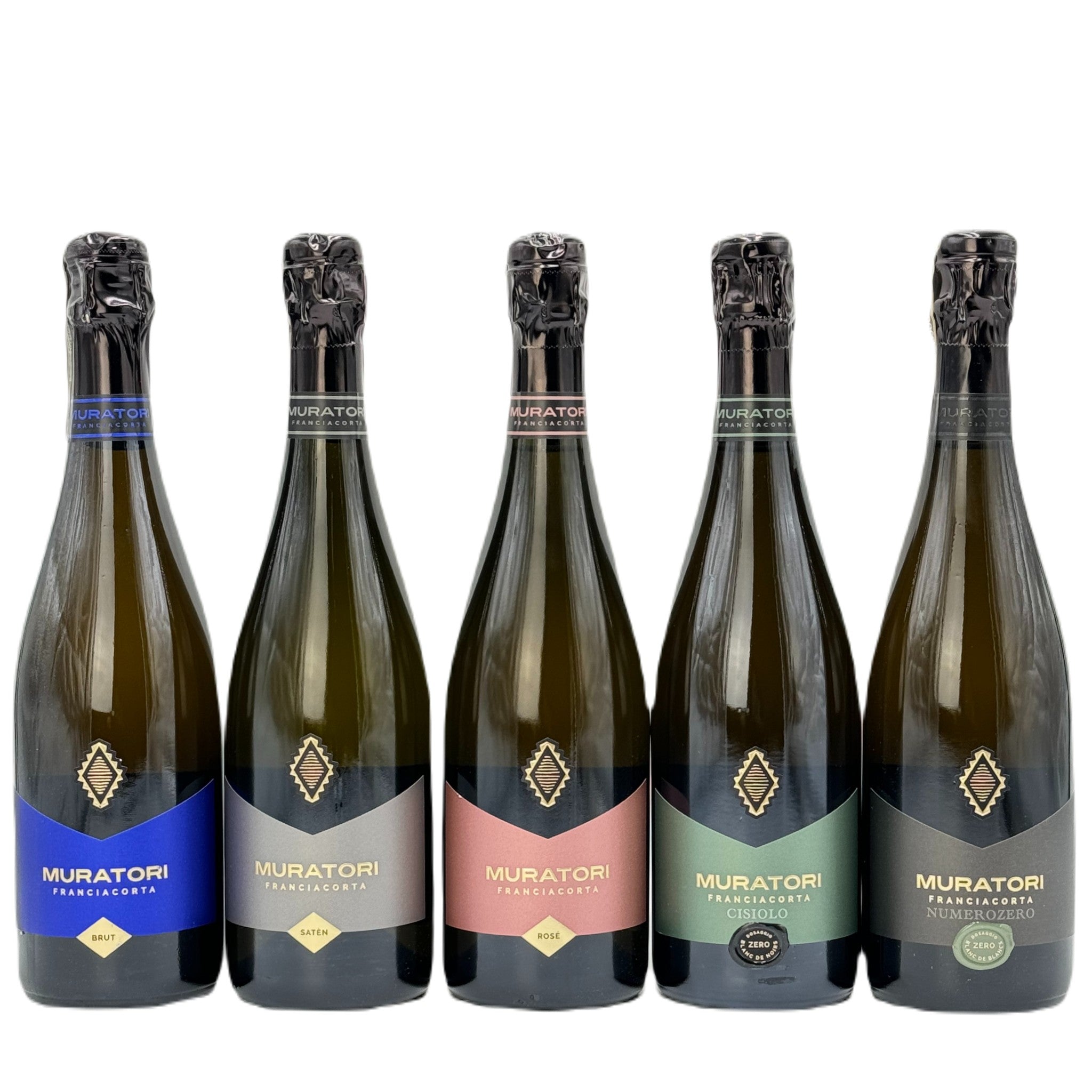Franciacorta , a name that evokes elegance and Italian winemaking tradition, is one of the most appreciated and renowned sparkling wines.
Produced in the Franciacorta region in Lombardy , Franciacorta is recognized for its superior quality and the scrupulous attention that producers dedicate to every stage of the production process.
This guide will take you through the history and characteristics that make Franciacorta so unique and special.
The History of Franciacorta
Roman Era
The history of Franciacorta has ancient roots, dating back to Roman times.
Already at that time, the area we know today as Franciacorta was home to vineyards and the cultivation of vines was a common practice.
The Romans were well aware of the potential of this territory and began to exploit its resources to produce wine.
Roman viticulture laid the foundation for the region's long winemaking tradition, which would grow and mature over the centuries to come.
The Roman influence on viticulture in Franciacorta was not limited to the cultivation of vines, but also included the introduction of advanced winemaking techniques for the time, which allowed the region to distinguish itself from other wine-growing areas.
Middle Ages and Renaissance
During the Middle Ages , viticulture in the Franciacorta region continued to thrive thanks to the work of Benedictine monks, who cultivated the vines to produce wine for use in religious celebrations and as a trade good.
The monks not only cultivated vines, but also worked to improve winemaking techniques, creating a real wine culture in the region.
During the Renaissance , the area began to develop its own winemaking identity, thanks also to the influence of local noble families, who invested in the production of high-quality wine.
This period saw a growth in the reputation of Franciacorta wine, which began to be appreciated in Italian courts and became a symbol of prestige and refinement.
The noble families were aware of the value of the Franciacorta terroir and actively promoted the local wine, helping to spread its fame beyond the regional borders.
19th and early 20th century
In the 19th century, Franciacorta wine production underwent a major transformation thanks to the introduction of new agricultural techniques and the expansion of trade.
With the unification of Italy , the region began to see increased interest in modernizing winemaking techniques. During this period, many producers began experimenting with new grape varieties and improving cultivation techniques to achieve higher quality wine.
However, the real turning point came only in the 20th century, when local producers began to focus on quality rather than quantity, laying the foundations for the future success of Franciacorta.
The introduction of new equipment and technologies allowed for improved control of fermentation and wine conservation, ensuring consistent quality and greater product recognition.
The 60s and the DOC Recognition
It was in the 1960s that Franciacorta production began to develop as we know it today.
In 1961, winemaker Franco Ziliani, together with the Guido Berlucchi winery, produced the first bottle of Franciacorta with the classic method, inspired by Champagne. This initiative marked the beginning of the modern history of Franciacorta.
In 1967, Franciacorta obtained the DOC (Denominazione di Origine Controllata) designation, an important recognition that confirmed the quality and potential of this wine.
This was a period of great change for the region, with many other producers following Ziliani's example, adopting the classic method and focusing on quality.
The goal was to create a sparkling wine that could compete with the best international products, and the DOC recognition represented a fundamental step towards this goal.
DOCG Recognition and International Growth
In 1995, Franciacorta became the first Italian sparkling wine to obtain the DOCG (Denominazione di Origine Controllata e Garantita).
This recognition definitively certified the excellence of Franciacorta and made it synonymous with quality among sparkling wines.
From that moment on, the fame of Franciacorta grew not only in Italy, but also internationally, making it one of the most appreciated wines by connoisseurs around the world. Obtaining the DOCG was a turning point for Franciacorta, which saw a growing demand both on the domestic and foreign markets.
The region's wineries began to participate in international fairs and collaborate with foreign distributors, thus expanding their presence throughout the world.
The promotion of Franciacorta as a luxury wine further contributed to consolidating its reputation, attracting an increasingly demanding and refined clientele.
The Characteristics of Franciacorta
Franciacorta is produced using the classic method, the same used for Champagne, which involves a second fermentation in the bottle .
This process gives the wine its fine and persistent bubbles, as well as a unique aromatic complexity.
Grape varieties used include Chardonnay, Pinot Noir and, to a lesser extent, Pinot Blanc.
The combination of these grapes, together with the unique terroir of Franciacorta, helps create an elegant, fresh wine with a complex bouquet, which can range from fruit notes to hints of yeast and pastry. The long aging on the lees allows the wine to develop more complex aromas, such as notes of hazelnut, almond and bread crust, which make Franciacorta a product of great refinement.
The care in selecting the grapes and the attention to every phase of the production process ensure that every bottle of Franciacorta represents the best of the Italian winemaking tradition.
Types of Franciacorta
There are different types of Franciacorta, each with unique characteristics.
Franciacorta Brut
Franciacorta Brut is the most popular and versatile type. It is characterized by a fresh and dry taste, with notes of ripe fruit and a pleasant acidity. Thanks to its versatility, Franciacorta Brut is ideal for pairing with a wide range of dishes, from fish-based appetizers to light first courses. It is also perfect as an aperitif, thanks to its elegance and ability to refresh the palate.
Franciacorta Brut also lends itself to being used in sophisticated cocktails, where its freshness and effervescence can enhance the other ingredients.
Its ability to adapt to different situations makes it a much loved wine by both experts and neophytes in the world of wine.
Franciacorta Satèn
Franciacorta Satèn is a softer and creamier version of Franciacorta, obtained exclusively from white grapes, mainly Chardonnay.
The term "Satèn" recalls the silky softness of this wine, which is distinguished by its low pressure in the bottle, which gives it a more delicate foam. Satèn is perfect to accompany refined dishes based on fish, shellfish and white meats, or to be tasted alone in moments of relaxation.
Its creaminess and delicate bubbles make it an ideal wine for those seeking a more elegant and enveloping tasting experience. Franciacorta Satèn is often chosen for special occasions, where you want to create an intimate and sophisticated atmosphere, thanks to its velvety texture and refined aromatic bouquet.
Franciacorta Rosé
Franciacorta Rosé stands out for its pink color and more structured taste, due to a greater presence of Pinot Noir.
The production process involves a brief contact with the grape skins, which gives the wine its characteristic color and a unique aromatic complexity, with notes of red fruits such as raspberry and cherry.
Franciacorta Rosé is ideal to accompany more savoury dishes, such as cured meats, aged cheeses and meat dishes, but it can also be a surprising choice for an elegant aperitif.
Its versatility also makes it perfect to accompany ethnic dishes, such as Japanese or Asian cuisine, where its acidity and fruity notes perfectly balance the intense and spicy flavors.
Franciacorta Rosé is also highly appreciated at celebrations, thanks to its bright color that adds a touch of cheerfulness and refinement.
Each type of Franciacorta has its own charm and lends itself to different gastronomic pairings, making it an extremely versatile wine.
The Region and the Territory
Franciacorta is a small region located between Lake Iseo and the hills of Lombardy . The climate is mild thanks to the influence of the lake, and the soil is composed of morainic deposits, which favor high-quality viticulture.
These factors contribute to creating a unique terroir, which gives Franciacorta its distinctive characteristics of freshness, minerality and aromatic complexity.
The combination of climate and soil allows the grapes to ripen optimally, maintaining good acidity and developing complex aromas. The Franciacorta terroir is considered one of the best in Italy for the production of sparkling wines, thanks to the perfect combination of climatic conditions and geological characteristics.
The care and attention of the winemakers in managing the vineyards, together with the biodiversity of the region, contribute to preserving the natural balance and ensuring the sustainability of wine production.
Franciacorta Today
Today, Franciacorta is one of the most appreciated sparkling wines in Italy and in the world, a symbol of luxury and refinement. The wineries of the region continue to innovate, while maintaining a strong bond with tradition.
This balance between innovation and respect for the past makes Franciacorta a timeless wine, perfect for celebrating special occasions or accompanying moments of conviviality.
Wineries are experimenting with new refinement techniques and new combinations of grapes to offer increasingly unique and sophisticated products, but without ever losing sight of the importance of quality and authenticity.
Franciacorta has also become a very popular wine tourism destination, attracting visitors from all over the world who want to discover the secrets of this wine's production and immerse themselves in the beauty of the territory.
Events and tastings organized by local wineries allow visitors to learn about the history and culture of Franciacorta, making each experience a unique journey through the flavors and traditions of this extraordinary wine region.


